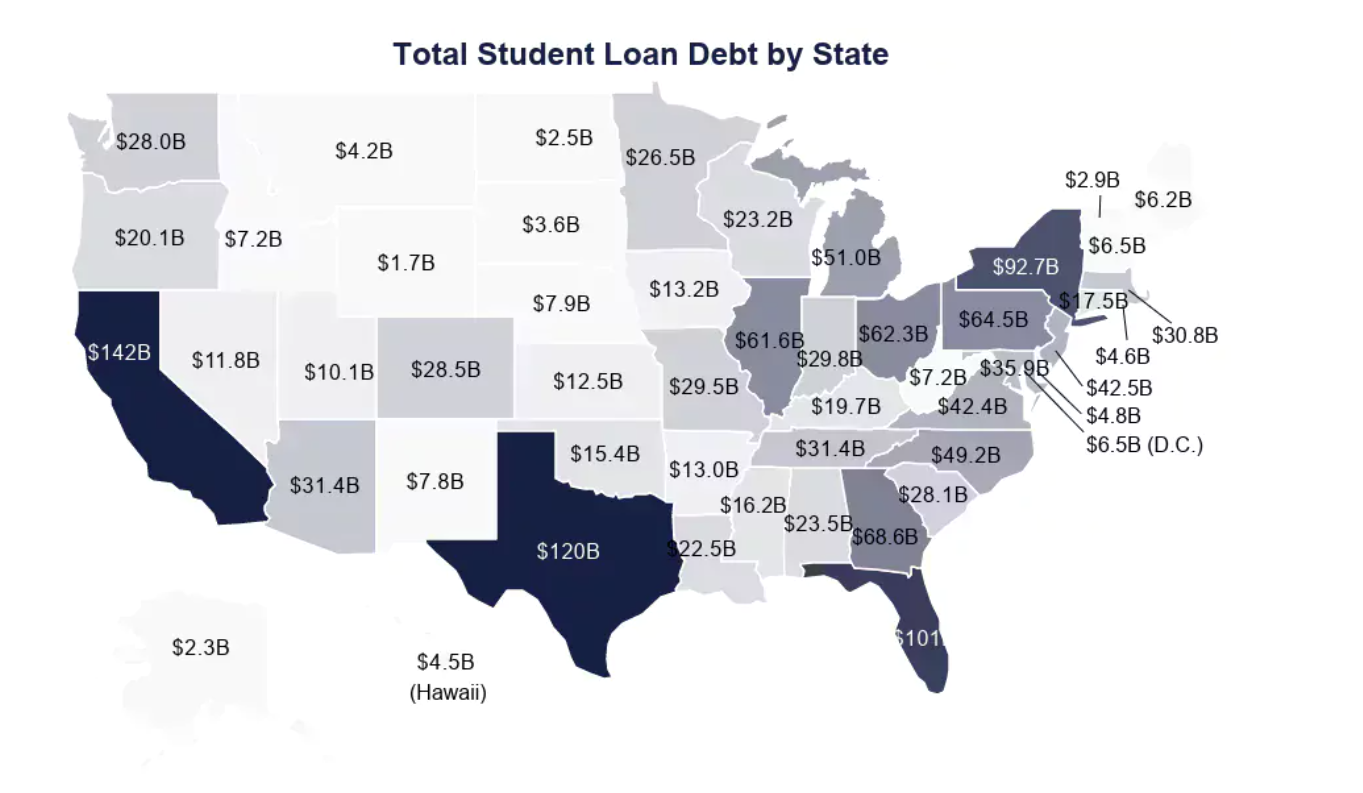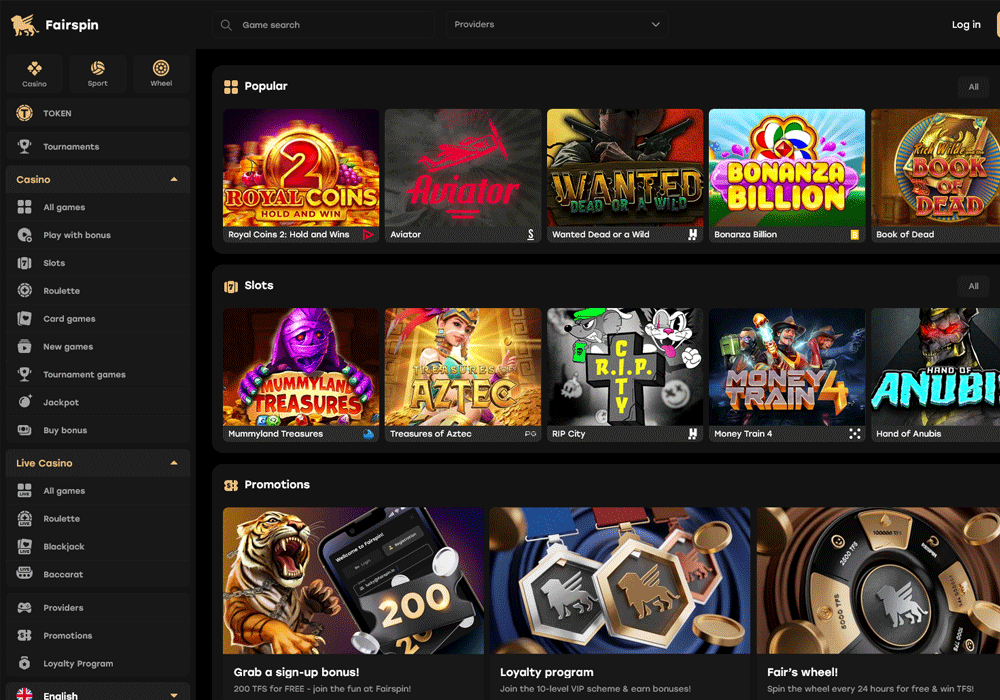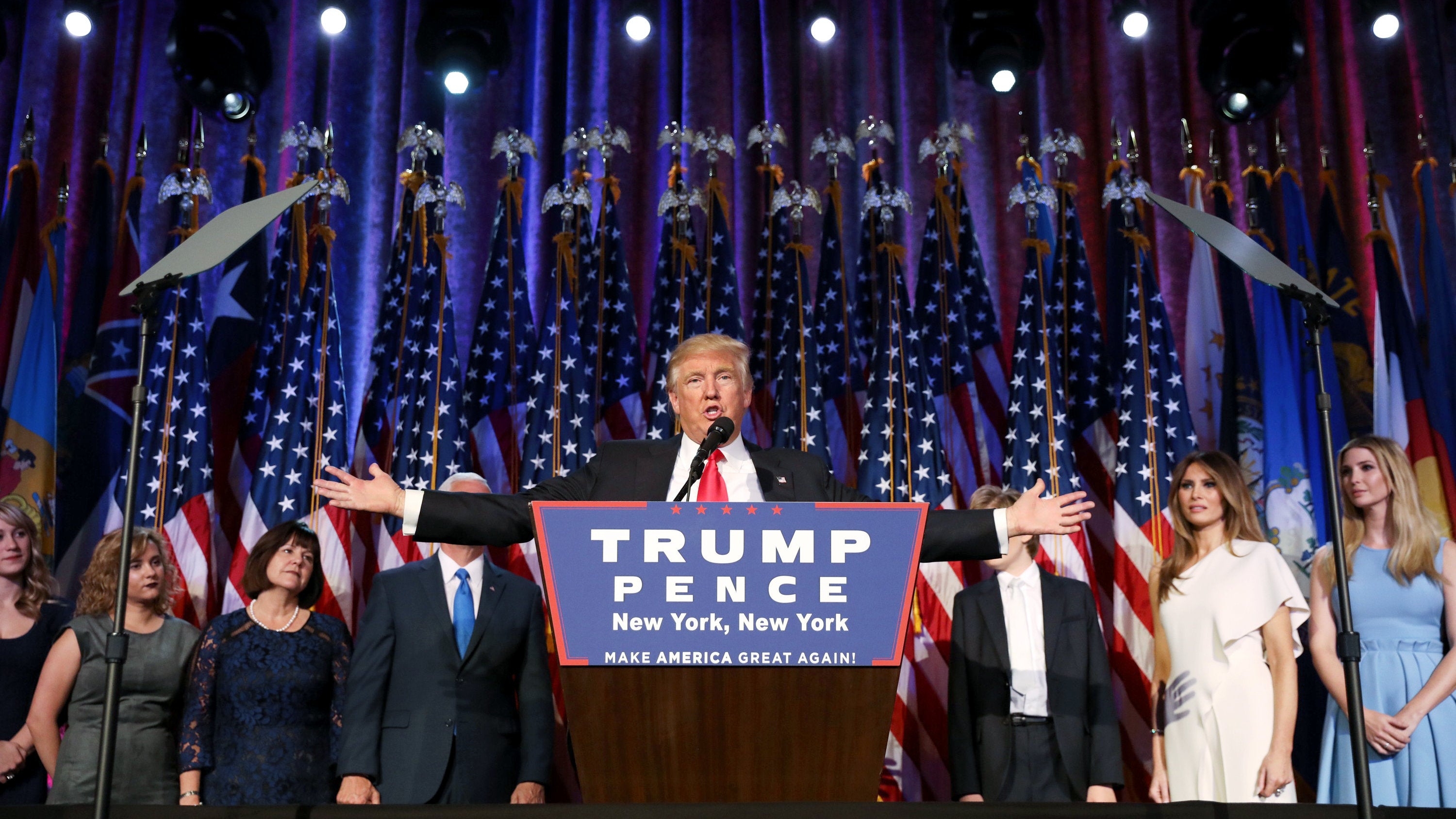Privatizing Federal Student Loans: A Look At Trump's Potential Plan

Table of Contents
Potential Benefits of Privatizing Federal Student Loans
Proponents of privatizing federal student loans argue that it could lead to several positive outcomes.
Increased Competition and Innovation
- Enhanced Competition: A shift to a private-sector model could introduce more competition among lenders. This competition could potentially drive down interest rates and offer borrowers a wider range of repayment options tailored to their individual financial situations. Imagine choosing from a diverse menu of repayment plans, interest rates, and loan features, rather than the often-rigid federal options.
- Innovative Loan Products: Private lenders might be more willing to develop innovative loan products catering to specific needs, like income-share agreements or loans tied to future earnings. This could offer greater flexibility and potentially reduce the overall burden of student debt.
- Potential Drawbacks: It is crucial to acknowledge the potential downsides. Increased competition doesn't guarantee lower costs. A lack of regulation could also lead to predatory lending practices, where borrowers are trapped in high-interest debt cycles. Robust consumer protection mechanisms would be critical in a privatized system.
Reduced Government Spending
- Reduced Fiscal Burden: The argument here centers on the significant administrative costs associated with managing the federal student loan program. Privatization could potentially transfer this burden to the private sector, freeing up government resources and reducing the national debt.
- Counterarguments: However, simply shifting the burden doesn't eliminate the cost. The government might need to provide loan guarantees or even bailouts to protect taxpayers if private lenders experience widespread defaults. This could lead to increased taxpayer costs in the long run. A careful cost-benefit analysis is vital before making such a fundamental change.
Streamlined Loan Processes
- Efficiency Gains: Private companies, known for their efficiency and streamlined processes, might process loan applications, disbursements, and repayments more quickly and effectively than the often-criticized bureaucracy of the federal system.
- Improved Customer Service: Private lenders might also provide improved customer service and support to borrowers, addressing complaints and resolving issues more efficiently than the current system. However, this is dependent on the regulation and oversight of the private sector. A solely profit-driven system might neglect customer service in favor of maximizing profits.
Potential Drawbacks of Privatizing Federal Student Loans
Despite the potential advantages, privatizing federal student loans poses significant risks.
Increased Costs for Borrowers
- Higher Interest Rates and Fees: Private lenders are profit-driven entities. They might charge higher interest rates and fees compared to the often-subsidized rates offered through the federal government, leading to significantly higher overall debt for students.
- Disproportionate Impact on Low-Income Borrowers: Low-income students are particularly vulnerable to these increased costs. They often lack access to alternative financing options and may be forced to accept unfavorable loan terms. This could exacerbate existing inequalities in access to higher education.
Predatory Lending Practices
- Vulnerable Students Targeted: A less regulated environment could lead to an increase in predatory lending practices. Private lenders might target vulnerable students with high-interest loans and misleading terms, trapping them in a cycle of debt.
- Lack of Consumer Protections: The federal government currently provides a degree of consumer protection for student loan borrowers. A privatized system might offer less protection, leaving students more exposed to exploitation. Strong consumer protection laws would be necessary to prevent this.
Equity and Access Concerns
- Reduced Access for Low-Income Students: Privatization could limit access to higher education for low-income students and students from underrepresented groups, who may not qualify for private loans due to credit history or financial circumstances.
- Exacerbation of Inequality: This could lead to a widening gap in access to higher education based on socioeconomic status, further exacerbating existing inequalities. Subsidized federal loans currently play a vital role in ensuring educational opportunities are available to all.
Trump Administration's Proposed Plan (or lack thereof): A Detailed Examination
While the Trump administration expressed interest in exploring the privatization of federal student loans, no concrete, detailed plan was ever formally proposed. Discussions focused on the potential for increased competition and efficiency within the student loan market. However, concerns regarding potential negative impacts on borrowers, particularly those from low-income backgrounds, and the lack of a clear path towards consumer protection, prevented the development of a comprehensive privatization plan. The political motivations behind these discussions likely involved a desire to reduce government spending and shift responsibility to the private sector. However, the potential risks and complexities associated with such a dramatic change proved too significant to overcome.
Conclusion
Privatizing federal student loans presents a complex dilemma. While there's potential for increased competition, innovation, and reduced government spending, significant concerns remain regarding increased costs for borrowers, predatory lending practices, and the erosion of equity and access to higher education. The Trump administration's exploration of this concept highlighted these complexities without offering a viable solution. The debate over privatizing federal student loans continues, underscoring the need for careful consideration and a comprehensive evaluation of the potential consequences before implementing such a sweeping change. We encourage you to delve deeper into this critical issue, exploring additional resources and forming your own informed opinion on the future of privatizing federal student loans and its potential impact on the American higher education landscape.

Featured Posts
-
 Find The Best No Kyc Casinos For Fast And Secure Play In 2025
May 17, 2025
Find The Best No Kyc Casinos For Fast And Secure Play In 2025
May 17, 2025 -
 Donald And Melania Trumps Marriage Separated Or Still Together
May 17, 2025
Donald And Melania Trumps Marriage Separated Or Still Together
May 17, 2025 -
 Donald Trump And The Politics Of Scandal Affairs Accusations And The Presidency
May 17, 2025
Donald Trump And The Politics Of Scandal Affairs Accusations And The Presidency
May 17, 2025 -
 Major Brands Dismiss Elon Musks Boycott Allegations
May 17, 2025
Major Brands Dismiss Elon Musks Boycott Allegations
May 17, 2025 -
 Travel With Pets On Uber In Mumbai A Complete Guide
May 17, 2025
Travel With Pets On Uber In Mumbai A Complete Guide
May 17, 2025
